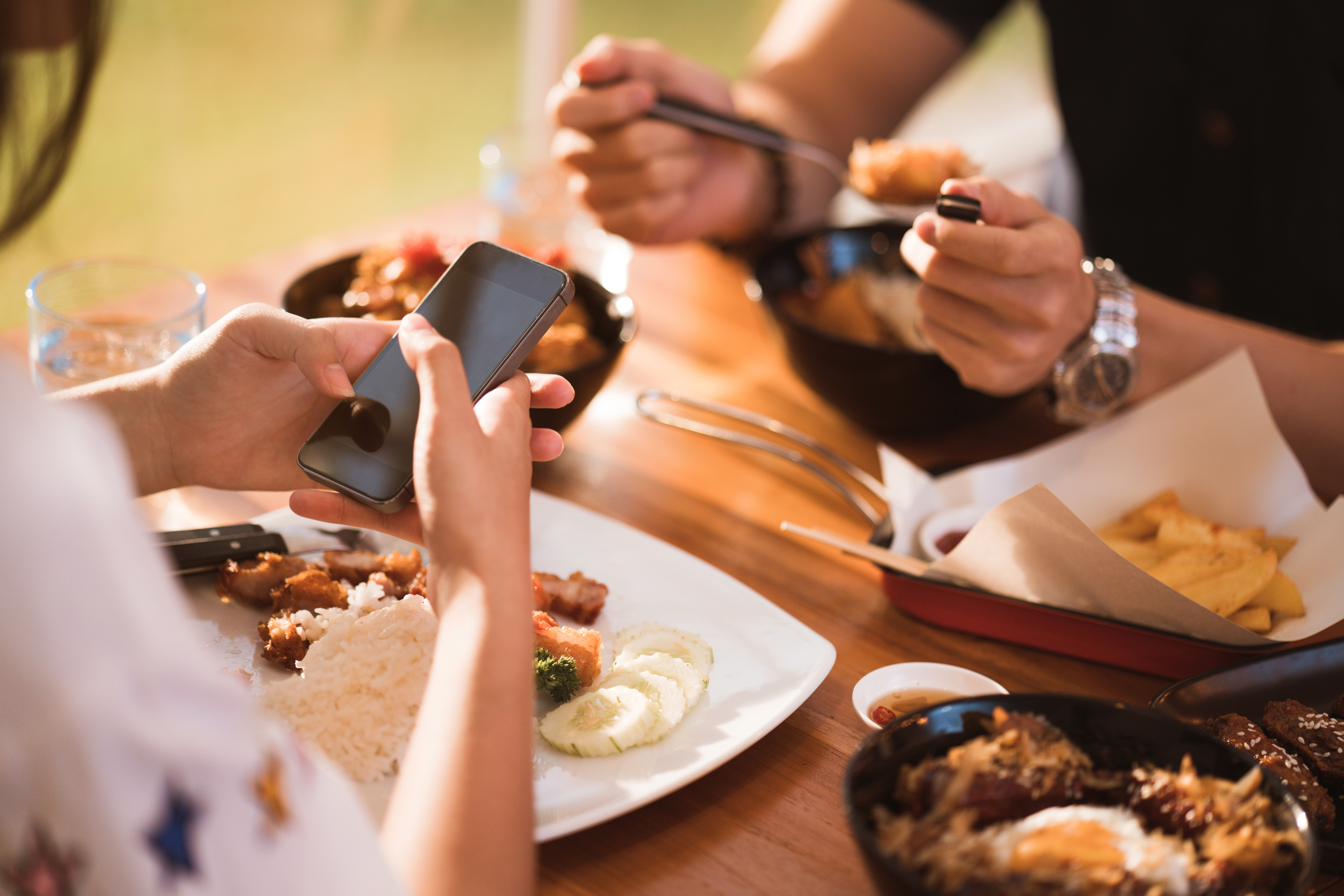One of the most fashionable fitness fads around nowadays is flexible dieting – also known as IIFYM (If It Fits Your Macros)
There are many who swear by this approach, and it’s certainly popular on social media. But there are also lots of others for whom this may not work so well.
As is the case with virtually every diet, what works is highly specific to the individual and must cater to your personal circumstances.
What is flexible dieting?
Flexible dieting involves religiously tracking your calories and macros in support of a specific goal – such as muscle gain or fat loss.
Any diet should involve counting these, but with flexible dieting and IIFYM the ‘tracking’ aspect is the most important rule.
IIFYM is similar and often used interchangeably with flexible dieting. It spawned from the Bodybuilding.com forums in the early 2000s.
A user asked if he could eat chocolate while trying to get ripped. The answer was simple: ‘if it fits your macros’.
[Macros is short for macronutrients – the group name for protein, carbs and fat].
These diets are pretty self-explanatory. They allow you to have flexibility over the foods you eat, so long as they fit within the calorie and macro targets bespoke to your body.
The science behind flexible dieting
There’s some science in favour of flexible dieting.
For around 10 weeks, Kansas State University professor Mark Haub lived on a diet of Twinkies, Oreos and crisps.
This may strike you as unhealthy, but Haub factored the calories from each into his daily target of 1800.
As a result, he lost 27 pounds – but more impressively improved his blood cholesterol markers. This study has been used to justify flexible diets that allow you the freedom to essentially eat what you want.
What the science doesn’t say
Haub’s progress provides food for thought – but it doesn’t tell the whole story.
Protein, carbs and fat are not all you need to lose weight or build muscle. You need an array of micronutrients – vitamins, minerals and nutrients.
The professor clearly knew this, and supplemented his junk food diet with multivitamins.
Whole foods are highest in micronutrients. These are your typical ‘clean eating’ kinds such as lean animal proteins, vegetables, healthy fats and wholegrains.
If the professor had to take extra vitamins to ensure he remained healthy, then it just highlights the importance of whole foods. It doesn’t – as many have misinterpreted – indicate that you can live off biscuits so long as you’re only having a ‘few’.
Flexible or inflexible?
OK – so this diet might allow you to have the odd donut or slice of pizza. But it all depends on you knowing exactly the calories and macros you’ve consumed up to that point.
This essentially means you must always track and monitor your food intake. Is that really a flexible and sustainable approach to dieting?
Consider eating out at a restaurant. If you’re following a flexible/IIFYM diet, then what you eat out must fit the target you’re aiming for. That’s pretty strict rather than flexible, right?
Unless you want your loved ones to hate your guts, avoid taking a food scales with you to Nando’s.
A more sustainable method
In this case at least, you could argue it would actually be more flexible to follow a clean eating, ‘gym bro’ diet 70-80% of the time.
Using an app such as MyFitnessPal, base your daily diet around whole foods and factor the daily diet into your calories and macros.
Log your meals for an initial two-week period. After this point, your body will have learned the habit, and you won’t need to worry about monitoring each meal.
Whereas at the beginning you had to work out that three solid meals and two whey shakes hit your protein target for the day, after two weeks you would just have to follow through with this.
When you know you’ve got a social event coming up, you could hold back on calories for most of the day, or take a meal out.
This would allow you to freely order what you want in a restaurant without worrying how it impacts on your body or factors into a diet strategy.
Read more:























































